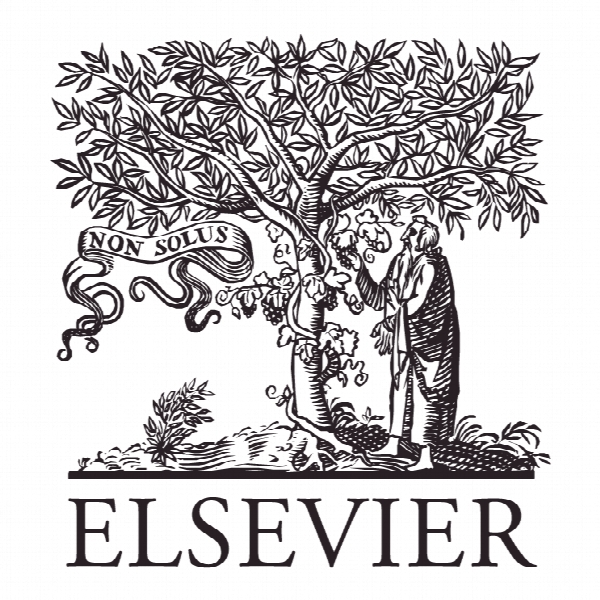توجیه مزایای مشترک پیاده سازی راهبردهای توسعه اکو صنعتی در مقیاس پارک صنعتی بر اساس تحلیل ظهور Co-benefits accounting for the implementation of eco-industrial development strategies in the scale of industrial park based on emergy analysis
- نوع فایل : کتاب
- زبان : انگلیسی
- ناشر : Elsevier
- چاپ و سال / کشور: 2018
توضیحات
رشته های مرتبط مدیریت
گرایش های مرتبط مدیریت صنعتی، مدیریت استراتژیک
مجله بررسی انرژی های تجدید پذیر و پایدار – Renewable and Sustainable Energy Reviews
دانشگاه School for Resource and Environmental Studies – Dalhousie University – Canada
منتشر شده در نشریه الزویر
کلمات کلیدی استراتژی های توسعه اکو صنعتی، منافع مشترک، حسابداری، تحلیل ظهور، پارک صنعتی
گرایش های مرتبط مدیریت صنعتی، مدیریت استراتژیک
مجله بررسی انرژی های تجدید پذیر و پایدار – Renewable and Sustainable Energy Reviews
دانشگاه School for Resource and Environmental Studies – Dalhousie University – Canada
منتشر شده در نشریه الزویر
کلمات کلیدی استراتژی های توسعه اکو صنعتی، منافع مشترک، حسابداری، تحلیل ظهور، پارک صنعتی
Description
1. Introduction In order to respond to the extensive resource consumption and environmental pollution related to current industrial activities, byproduct valorization or an ecologically-based cyclic approach to waste management is promising. The concept of the EIP was advanced by Cote and Hall in 1995 [11], and was defined later by the USAPCSD [50]) as “a community of businesses that cooperate with each other and with the local community to efficiently share resources (information, materials, water, energy, infrastructure and the local habitat) leading to economic gains, gains in environmental quality, and equitable enhancement of human resources for the business and local community” (PCSD, 1996). The features of an EIP should include: integrating ecological capacity into planning decisions; maximizing the use of renewable energy; green buildings design; industrial tenants based in part on their compatibility for symbiosis with other tenants; business “webs” that involve producers and consumers, scavengers and decomposers; material redundancy within the structure of the system; water and wastewater infrastructure that recovers and reuses; and information management systems which facilitates networking [12,10,8,9]. Through more than a dozen years’ development, eco-industrial development strategies have been adopted within industrial parks around the world. Even though the standards of such EIPs are not uniform across the globe, many countries have been pursing their own EIPs pathway development. For instance, in 1994, the United States Environmental Protection Agency (USEPA) announced the availability of $300,000 for EIP design and development and in 1995 it funded the preparation of the fieldbook for the Development of EIPs. Since that time, more than 60 eco-industrial networking projects have been identified in both the US and Canada. In Europe, there are several EIPs in various countries; the industrial symbiosis network in Kalundborg, Denmark for example is likely the most cited EIP case studies in the world. In Asia, countries like Japan initiated eco-towns as part of a national program by the Ministry of Environment (MOE) and Ministry of Economy, Trade and Industry (METI) in 1997. The Korean government established a three-stage, 15-year plan to retrofit existing industrial complexes into EIPs [38]. EIPs are also developed in South America. For instance, in Brazil, research was completed involving the Paracambi EIP (located in the state of Rio de Janeiro), to develop by-products and waste synergies between the various industrial typologies [15]. Australia has been among the world’s highest waste producers, annually disposing of more than 800 kg per capita of industrial, consumer and domestic waste to landfill and incineration. To start to address this issue, in 1996 the Australian state government and a local council supported a private business proposal to develop Australia’s first eco-industrial estate, Synergy Park, on a site 22 km west of Brisbane. The following year, the Australian Housing and Urban Research Institute (AHURI) started a research project in southeast Queensland to investigate the concept of industrial ecology and its application to achieve more sustainable forms of industrial estate development [41]. However, in large measure it seems that African countries there have been left behind compared to other continents. Some progress has been made in the past dozen years in more industrialized nations such as Egypt. Even though there are no eco-industrial parks that exist yet, it is worth mentioning two important national projects that targeted the improvement of environmental performance on the scale of an industrial estate: the Environmentally Friendly New Industrial Cities Program (NICs) and the Integrated Industrial Solid Waste Management in Egypt project (IISWM) [42]


